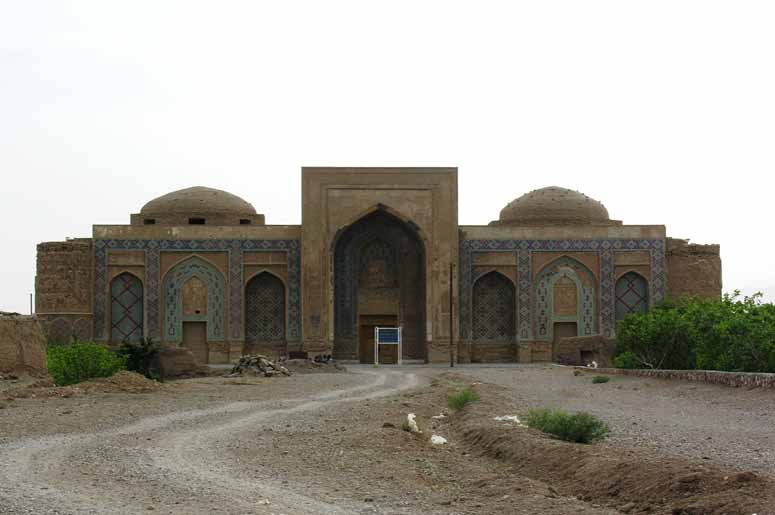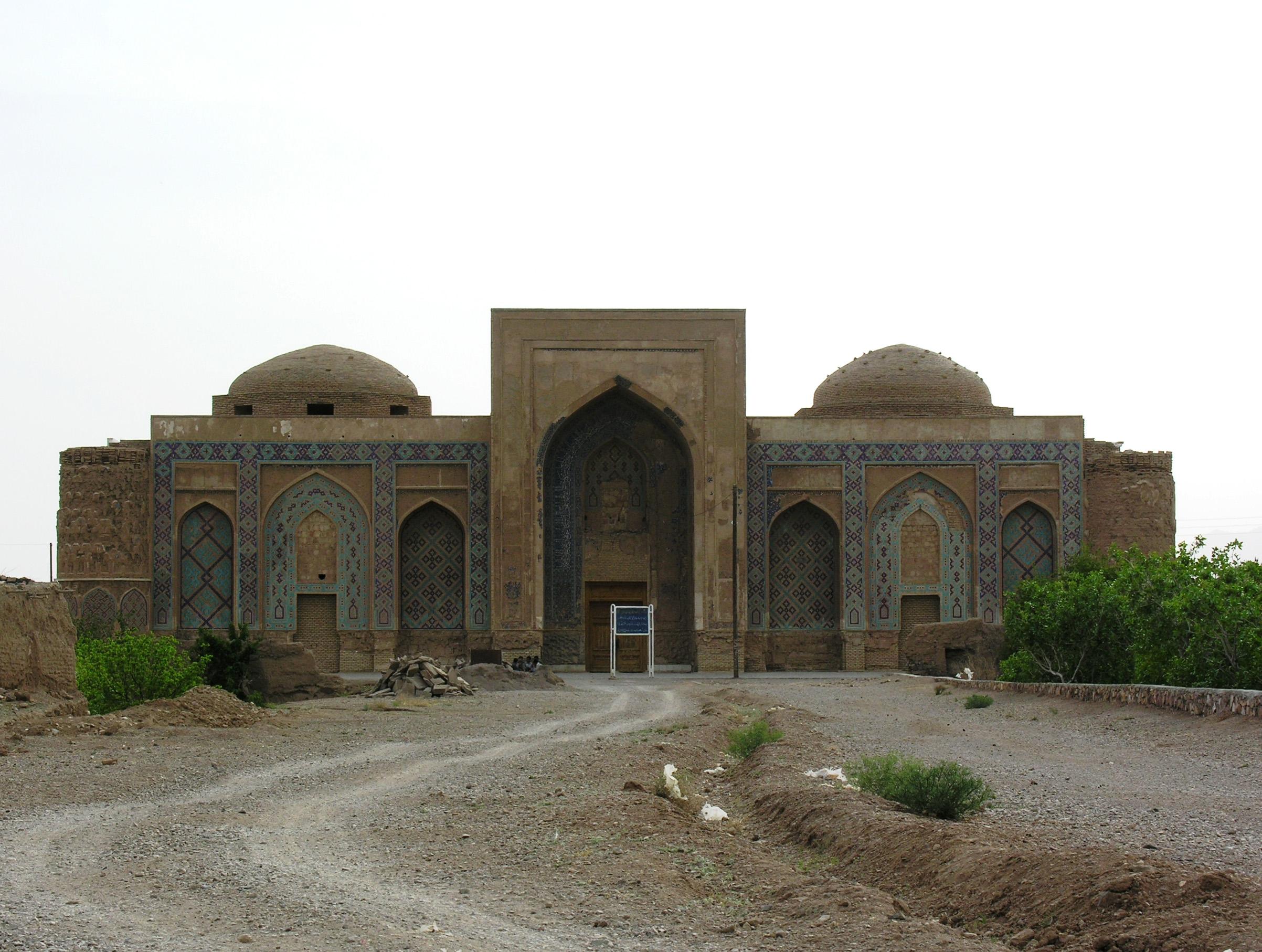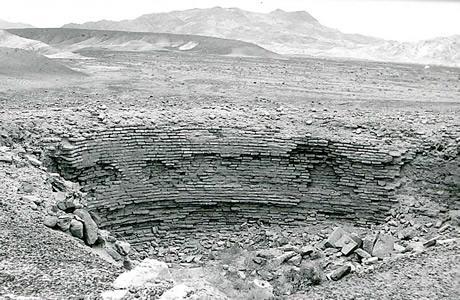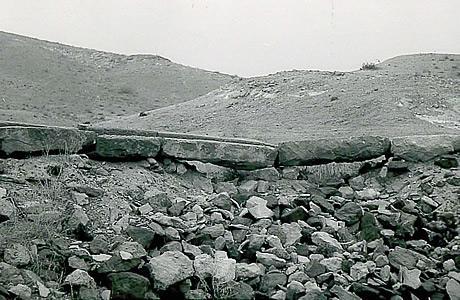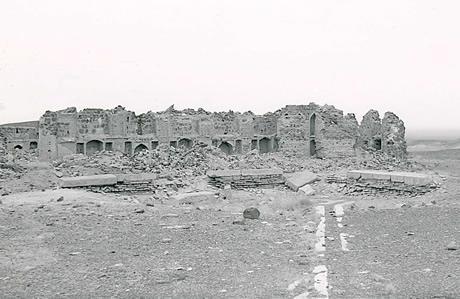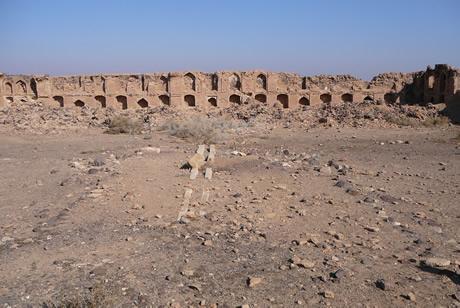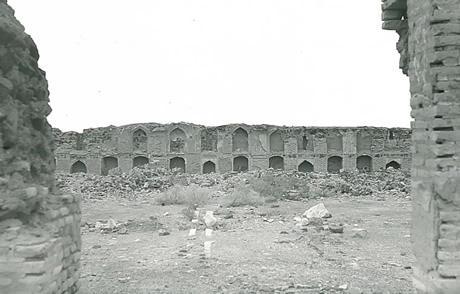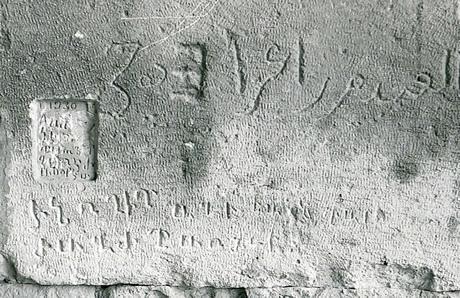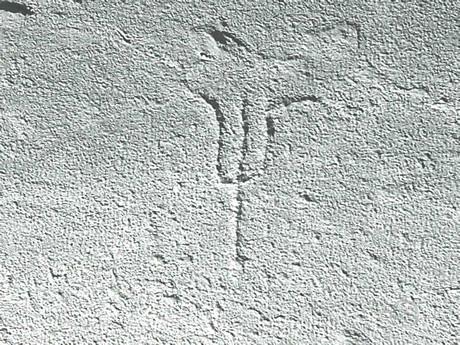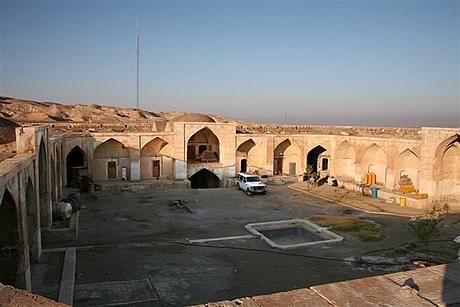 admin
admin
Khargerd madrese
These two short films (both with sound) explore the Ghiyathiyya Madrese at Khargerd in NE Iran. The madrese (religious school) was constructed in 1438-45 and is a showpiece of Timurid decorative art: with six different sorts of tiles, some elegantly geometrical wallpainting and amazing plaster effects in the muqarnas (stalactite vaulting).
Siahkuh and Haramserail
The complex water system includes several large water ‘tanks’ – as shown here, in the 1970s. Now, the base of this tank has been cleared, revealing larger paving stones. [SA.M.14]
Siahkuh and Haramserail
Qasr-i Bahram and Haramserail are both watered by a 10km overground canal, a segment of which is shown here, in this 1970s image. [SA.M.13]
Siahkuh and Haramserail
These parts of the Haramserail, shown here in the 1970s, are now in worse condition. Again, elements of the water supply system can be seen. [SA.M.12]
Siahkuh and Haramserail
This modern photograph shows how much of the (unrestored) Haramserail is holding up well in the harsh desert conditions. Some small areas of fancy plaster are still visible, suggesting that it was originally decorated. [SA.M.11]
Siahkuh and Haramserail
The Haramserail is said to have been the facilities for Shah Abbas’ wives and children, when he was hunting at Qasr-i Bahram. It is constructed from a mix of baked bricks and mud intermingled with large local stones, and the layout is completely unlike most other caravanserais. Here it is, in the 1970s. The central …
Siahkuh and Haramserail
This image shows other marks in the stone, perhaps made in 1930. I have not been able to definitively decipher all of this, but would welcome any suggestions. [SA.M.9]
Siahkuh and Haramserail
Morton photographed some of the many stonemasons’ marks. These are still visible now. Kleiss has recorded fourteen different marks. Although it is not clear if these are quarrying or builders’ marks, they still make a distinctive connection with a small group of non-elite men from 400 years ago. [SA.M.8]
Siahkuh and Haramserail
Qasr-i Bahram is now used as a work-base for rangers working in the restricted-entry Kavir National Park. This modern photograph shows the northwest iwan, with the (restored) arched entry to the underground stabling. [SA.M.7]
